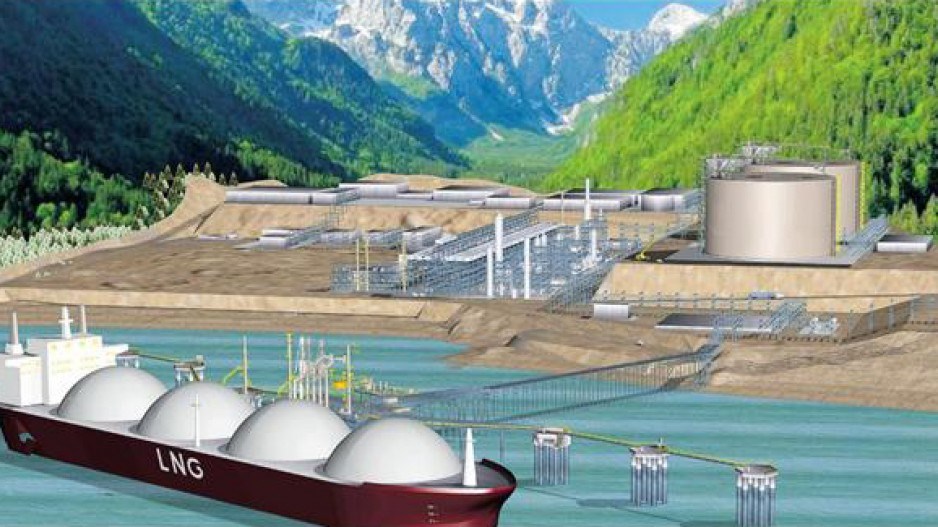The company behind a proposed liquefied natural gas (LNG) project on B.C.’s northern coast says it will spend as much as $40 billion constructing the facility.
LNG Canada, a consortium backed primarily by Shell Canada Energy, also said it would spend $7-17 billion annually for 25 years to maintain a gas liquefaction facility in Kitimat, B.C., according to documents filed November 7 with the province’s environmental assessment office.
LNG Canada has yet to fully commit to building the facility, which would take five to six years to construct if it's approved.
The company’s own environmental assessment study estimated the project would generate $17-39 billion in tax revenue for Ottawa from the time of construction to the facility’s decommissioning.
“About 20% of total construction costs, 53% of annual operating costs and 81% of decommissioning costs will be spent in (B.C.)…providing between $18 billion and $41 billion in revenues for the provincial government,” the document said.
LNG Canada said at the project would create up to 7,500 new temporary jobs at the peak of construction.
“These new jobs will attract workers and their families to Kitimat and Terrace, which will help diversify and expand the regional economy. Higher income for Project workers will translate into an increase in local income, which will result in induced jobs,” the assessment said.
“The workforce accommodations centre(s) will mitigate adverse effects on other sectors throughout construction, while local hiring initiatives will continue to mitigate effects through the life of the (project).”
Despite the fact the proposed facility would be built in B.C., just 38% of total employment in Canada would occur in the province, according to the assessment.
But while the project is in operation, British Columbians are expected to account for 70% of the labour force working at the liquefaction facility. Another 20% is expected to come from elsewhere in the country, while the final 10% is expected to come from beyond Canada.



